ESG / CSR
Industries
Food Forest: What is it and Why is it Interesting?
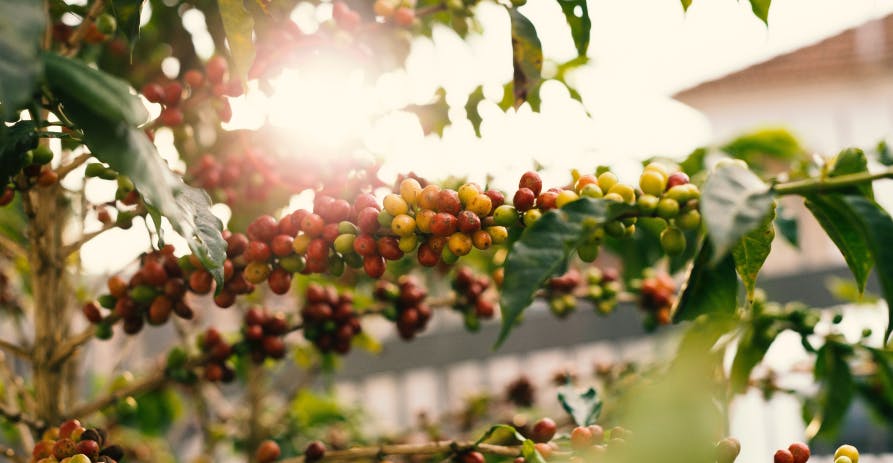


Climate change has made it increasingly difficult to successfully grow crops, as weather patterns are changing and excessive rainfall or heat make it next to impossible to grow annual crops – and that’s where a food forest could change the harvesting game for farmers around the world.
What is a food forest, and how can a food forest be beneficial to humans, biodiversity, and the environment as a whole?
What is a food forest?
A food forest, otherwise known as a forest garden, is a method of planting that resembles the way plants grow in natural ecosystems in order to maximize the amount of crops to be harvested. Food forests resemble a three dimensional design, where plants should be growing out in every direction – up, down, and out: such as branches of a tree or petals of a flower expanding.
Think of a food forest as growing a garden. Instead of planting one flower, it’s much prettier when a variety of flowers are planted – and different flowers could bring different benefits to the surrounding soil and biodiversity. These gardens with a wide variety of flower species are not only more visually appealing, but they provide a greater array of environmental benefits. For instance, bees may be more attracted to certain flowers than others, but if one of those flowers is planted amongst several other flowers that may not receive as much attention from bees – they are more likely to be pollinated due to the bee’s favorite type of flower already being in the same vicinity.
Food forests work in a similar fashion, as they allow for more nutritional benefits and opportunities for plant growth instead of planting a single type of fruit, vegetable, or edible plant alone.
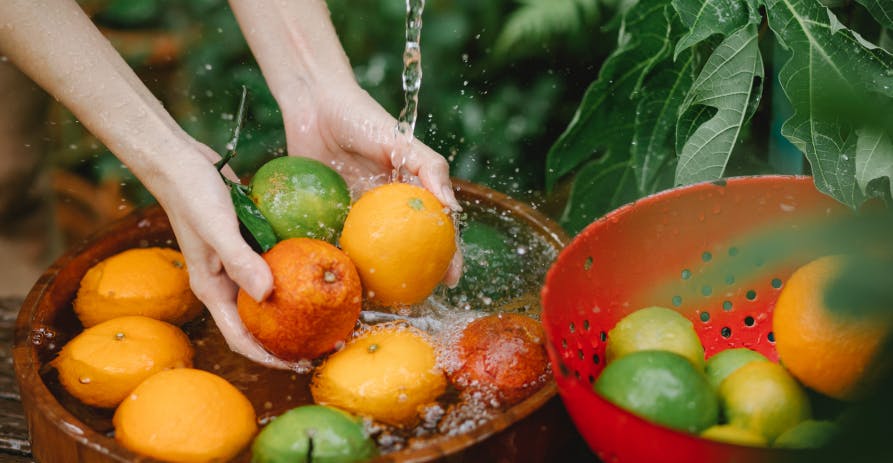
How do food forests work?
A food forest is the practice of growing food in layers so that the food forest or garden can easily replenish itself to prevent the need for annual replanting of seeds. Therefore, a food forest is more fruitful than a traditional garden.
Think of someone who wants to grow their own food in their backyard – which serves as both a wonderful pastime and step towards sustainability. Buying produce at the grocery store, unless you bring reusable produce bags, often resorts to excessive plastic consumption as well – meaning starting a food forest can not only help to improve the amount of food grown, but also decrease emissions in other ways such as by mitigating the use of plastic at the grocery store.
Abiding by the values of permaculture, which encourages eco-systems to become self-sufficient, a food forest can provide food for several years once it is well planted and established to function on its own. A food forest can also help to decrease emissions in other ways such as by mitigating the use of plastic at the grocery store. Food forests work alongside nature by planting a variety of plants, trees, and seeds to naturally repel pesticides and regenerate growth without additional interference or the use of harmful chemicals. Food forests are strategically planted in order to maximize the end harvest, and can be arranged to be even more manipulative and beneficial than what is found in nature. This is what makes a food forest so unique and different from traditional gardens and forests. Ultimately, a food forest works by arranging plants in methodic layers to ensure continuous growth, repel pests, attract pollinators, and naturally rejuvenate the soil without the need for constant care and attention.
A typical forest garden is classified through the seven typical layers usually found in them: including the overstory, the understory, the shrub layer, the herbaceous layer, and the forest floor. Sometimes, the layer that helps to break down fertilizer and fungi is also used to differentiate a typical forest from a food forest. The benefit of all of these layers found in natural forests is that it allows more plants to grow in a denser area, allowing for a better harvest despite the unavailability of a large crop field. This has become a vital asset in the field of agriculture, as climate change continues to devastate croplands through wildfires and droughts caused by excessive heat.
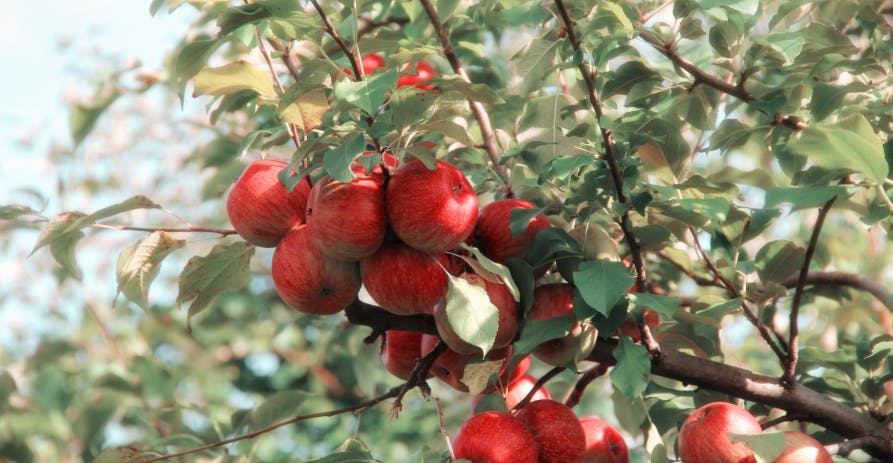
How is a food forest different from a traditional forest?
Although a food forest does its best to mimic the fruitful nature of a traditional forest, the two still aren’t exactly the same.
A food forest consists of a variety of plants that imitate the natural setting of a forest – such as by planting the same types of trees and plants that would be found in a natural forest to create the same hospitable environment for those plants to thrive as they would in nature.
A traditional forest, on the other hand, is made up of more layers – which are hard to recreate for a food forest. Some of the layers found in a traditional forest include a canopy, understory, herb, shrub, and forest floor. A canopy is the tallest layer found in a forest, where many tall trees would help to shield the rest of the forest – such as oak and maple trees. The understory in a traditional forest is composed of smaller trees still maturing, and this is the layer that helps to protect animals that dwell in the forest. Shrubs, more commonly known as bushes, can be found as berry bushes or vegetation. Herbs, such as small wildflowers that cover the ground, are softer and lower the ground before the forest floor – which is home to leaves, worms, fungi, and other bacteria that will help to break down fertilizer.
A food forest cannot completely recreate the nature of a typical forest, but it doesn’t mean that it isn’t beneficial for anyone seeking to start a new garden or grow their own food.
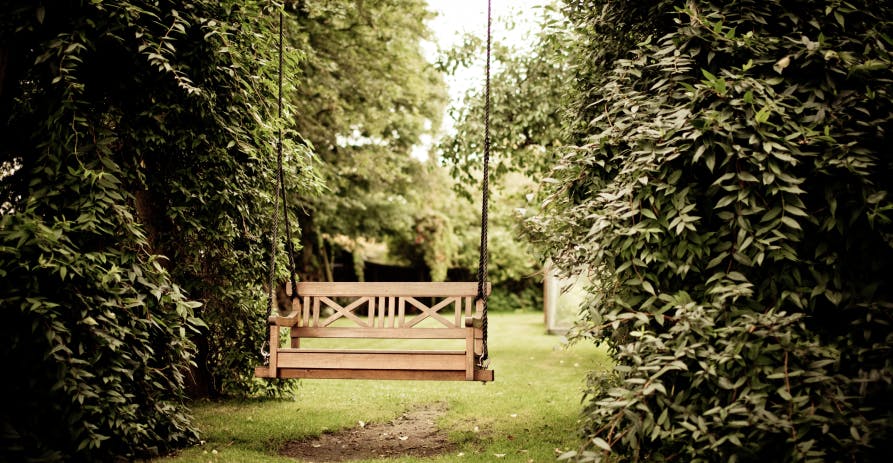
What are the benefits of food forests?
There are a wide variety of benefits to be had for those who choose to start a food forest or a good garden. Some of these benefits include how a food forest prioritizes the health of trees, perennials, shrubs, and other self-seeding entities – which is accomplished by thick planting, otherwise growing things closer together, and using covers to shade soil and prevent weeds. A food forest vouches for the use of indirect plants, such as nitrogen fixing plants, mineral accumulators, and plants that attract insects that will eat pests and eschew the need for pesticides – which harm both the plants and the environment itself. These indirect plants help to enhance the resilience of the growing produce or edible herbs from environmental harm, and prevent the need for chemicals or fertilizers – which can contribute to excessive emissions. Given a food forest usually works alongside nature, much like climate smart farming, the upkeep for a food forest is like – and the actual “forest” resembles more of a natural garden that would be found outdoors. Ultimately, a food forest is very visually appealing in addition to its environmental and harvesting benefits.
The diversity of plants in a food forest, as explained before, can help to attract a greater range of insects to help pollinate and ensure the growth of the plants while also keeping pests away. A food forest also makes use of the natural shape of the ground to accumulate the largest amount of rainwater possible – which can be used as a continuous resource for all plants in the food forest. Lastly, a food forest can benefit crops through its improved design – as the way a food forest is organized can help prevent damage from obscure, unexpected weather patterns such as excessive wind.
However, the overarching benefit of a food forest is that it doesn’t have to be replanted annually, as it will naturally replenish itself once fully established and functioning. While some animals such as deer or rabbits might eat some of the herbs, most species won’t find what is grown in a food forest appealing – or it won’t remain easily accessible to them, such as mushrooms grown in the crevices between a tree. Even if some of the plants in a food forest are disrupted, the way that a food forest is set up will allow for the damaged plants to regrow themselves quickly due to the regenerative nature of food forests.

How can someone start a food forest?
Anyone can start a food forest right in their own backyard, but it requires some planning first – such as figuring out types of food you are trying to grow in your DIY food forest, and determine which plants and herbs you will need for them to remain self-sufficient. Therefore, it’s also important to consider the type of climate that you live in – as some crops may not remain viable year-round in certain areas.
Next, it is essential to determine where you will plant your food forest. Preferably, this would be done where there is a lot of land, but don’t worry – small food forests can be grown, too. However, it’s important to remember that a good forest will have at least a few trees – so your backyard may be the best bet.
Before planting your food forest, you have to observe your surroundings – such as what types of animals are in your backyard, what already grows naturally in your soil, and common pests. Drawing up a sketch of your future food forest is a good starting point after you’ve determined the pros and cons of your scouting location.
Afterwards, you have to prepare your soil so that it can continue harvesting foods for several seasons to come without additional care. This can be done with soil moderators, soil amendments, or simply by laying a piece of cardboard wherever you plan to plant something – and some wood chips or manure to help the soil decompose. This process is also called the lasagna or sheet mulch method.
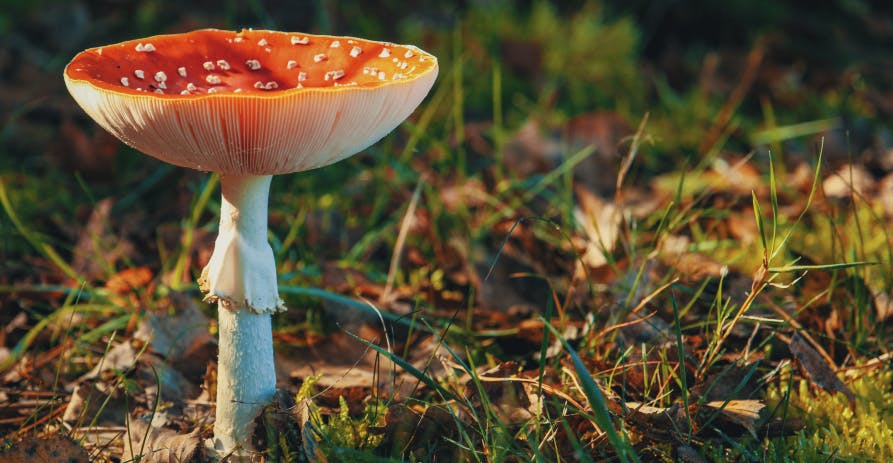
Next comes planting the canopy layer, otherwise the tallest trees – which hopefully, will already be done by nature for you in your backyard or available land. To maximize the food in your food forest, you could plant fruit trees – such as cherry trees or plum trees. Afterwards comes the understory layers, which can be additional berry bushes – but remember, these should be planted in the same direction of the sun to ensure the berries have the nutrients they need to grow. Then comes the herbaceous layer – which can consist of typical herbs you’ll regularly use in dishes, such as rosemary, mint, sage, thyme, or lavender. Finally, some small additional small plants should be added to shade the herbs, such as lettuces, edible flowers, or beans. While they are not essential, planting produce with vines can help to ensure year-round harvest. These could include potatoes, squashes, cucumbers, or grapes.
Growing a food forest is bound to be a process of trial and error. In other words, the first year of your food forest may not go exactly according to plan – but in the long-run, a food forest can help to save money, avoid the use of plastic, and reduce emissions.
What about Greenly?
If reading this article on the food forest has made you interested in reducing your carbon emissions to further fight against climate change – Greenly can help you!
If you’re looking for ways to contribute to projects that contribute to positive environmental change such as a food forest, Greenly has an entire marketplace to help you find the perfect carbon offsetting project – to both offset your own emissions and encourage new ways of planting and growing crops.
Greenly can help you make an environmental change for the better, starting with a carbon footprint assessment to know how much carbon emissions your company produces.


